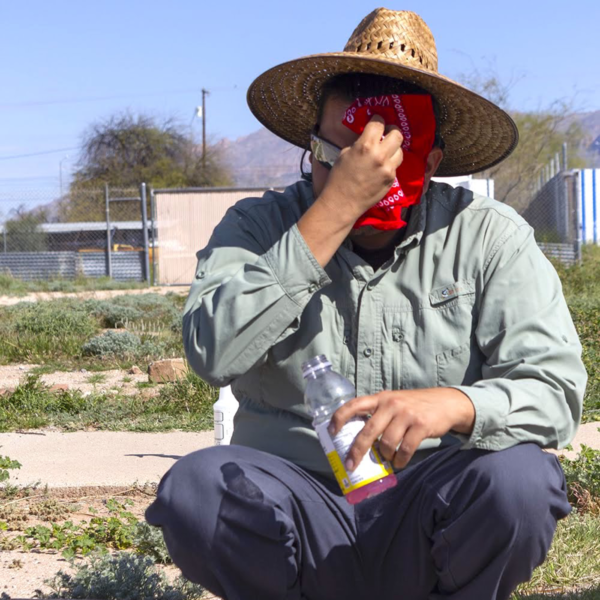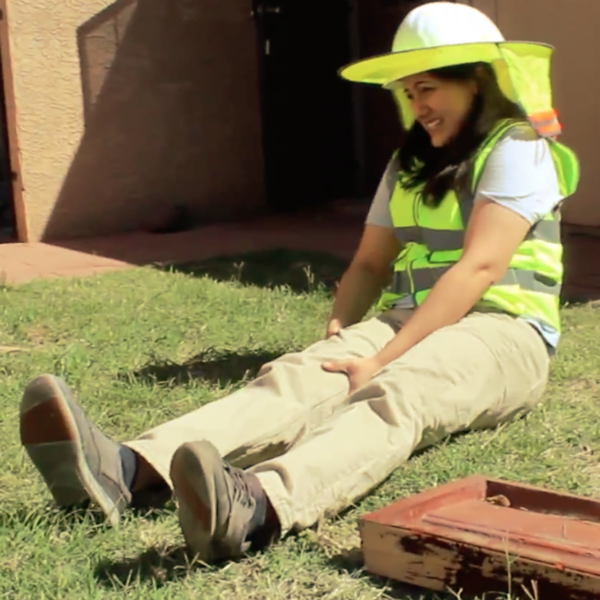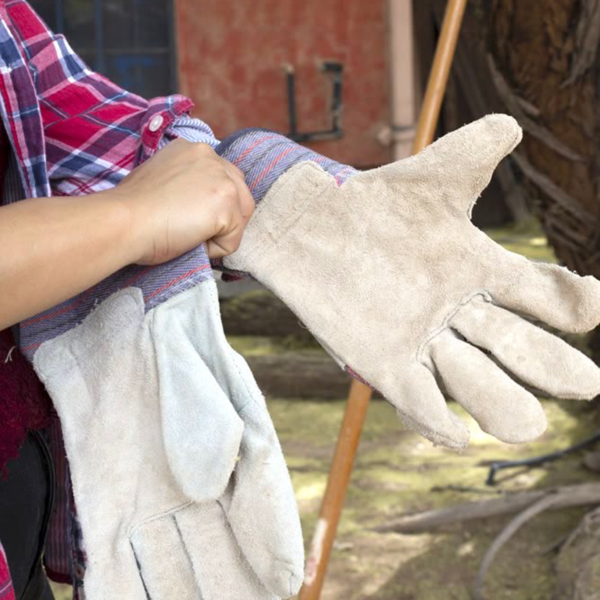
Susan Harwood Heat Safety Training Program




Program Overview
The Southwest Climate Change Network states that Tucson’s urban temperatures are approximately 5.5°F warmer than they were in the last century, with more than 3.5°F of the warming occurring in the last 30 years. The frequency and intensity of extreme heat events are increasing in Arizona, and this trend is expected to continue (Arizona Extreme Weather, Climate and Health Profile Report, March 2015, prepared by Arizona State University and the Arizona Department of Health Services).
We at SERI are a proud recipient of a Susan Harwood Training Grant, which allowed us to create a training program on the topic of extreme heat for workers who work in hot environments both indoors and outdoors. Through our Small Business Visit Program, we’ve noted that many small business employers and workers in Southern Arizona lack computer literacy and/or English skills to participate in many existing programs. Due to this, our training program targets workers and small business owners with limited English proficiency, education and computer skills. The training program includes material in both English and Spanish.
The goal of the program is to train students to recognize, prevent and treat heat-related illnesses resulting in fewer illnesses and deaths from working in extreme heat. The learning objectives are that students will learn:
- The signs and symptoms of heat stroke, heat exhaustion, heat cramps, hyponatremia, and dehydration.
- How to prevent heat-related illnesses when working in extreme heat indoors or outdoors.
- How to treat heat-related illnesses.
- Employers and managers – how to develop and implement a heat acclimatization plan and reduce their employees’ risks of developing heat-related illnesses.
The employer training is approximately one hour long, while the worker training is 45 minutes long and can be broken into three 15-minute sessions. All training materials comply with Section 508 of the Rehabilitation Act of 1973.
This material was produced under grant number SH05051SH8 from the Occupational Safety and Health Administration, U.S. Department of Labor. It does not necessarily reflect the views or policies of the U.S. Department of Labor, nor does mention of trade names, commercial products, or organizations imply endorsement by the U.S. Government.
